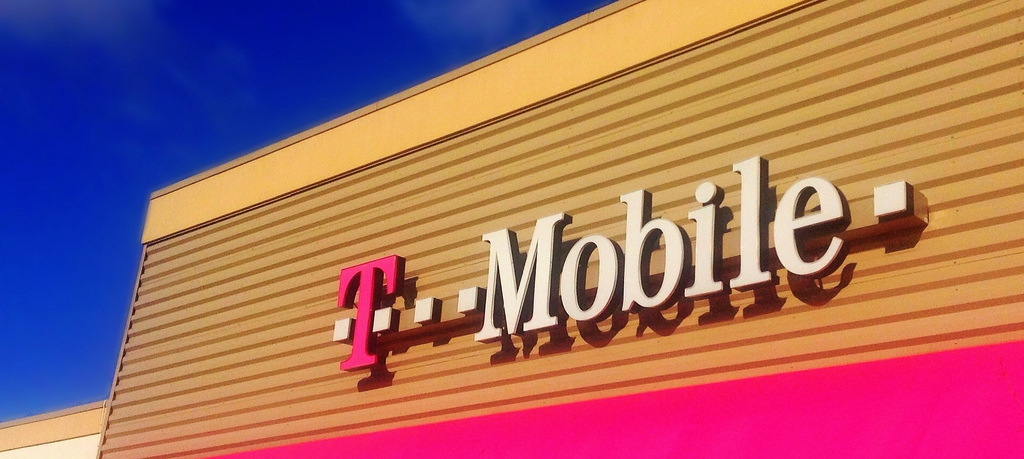YouTube Calls Out T-Mobile For Throttling Video Traffic
YouTube is calling out T-Mobile for interfering with its content, the Wall Street Journal reports, and the world’s biggest streaming video provider is not happy about it.
This challenge sits at the nexus of two different issues within net neutrality.
The core of net neutrality, as it currently sits, is the FCC’s bright-line rule that broadband carriers — which includes the wireless companies — explicitly may not either give some services faster virtual lanes, nor throttle services into slower ones. There is no weaseling around that one; it is the lead-off of the entire zillion-page rule.
However, there is a big fat way to play with data and stay within the boundaries of net neutrality, and that’s zero-rating. That’s the catch-all name for the plans that have data caps, but exempt certain sites or services from them, usually in exchange for some cash changing hands. The head of the FCC has called such zero-rating programs, en masse, innovative and competitive, but the commission as a whole is still exploring how these plans square with net neutrality.
T-Mobile’s recently-launched Binge On plan is almost, but not quite, the same as other zero-rating efforts. Instead, it makes its peace with data in another way: any video service can opt-in to the plan, for no fee. Likewise, any T-Mobile consumer can opt-in or opt-out. For those who do opt in, video fidelity is somewhat scuttled in the name of data preservation: all those feeds, like Netflix, HBO, and Hulu, come through at a reduced quality. You see your content at 480p, instead of 720p or the standard HD resolution of 1080p.
The service launched with more than two dozen participating video companies, which is fairly impressive. But Google’s (Alphabet’s) YouTube was not on that list. So T-Mobile customers, even those who subscribe to Binge On, should be able to see YouTube videos in all their high-def glory… right?
Well, YouTube certainly thinks so. “Reducing data charges can be good for users, but it doesn’t justify throttling all video services, especially without explicit user consent,” a YouTube spokesman told the WSJ.
T-Mobile says that YouTube was not included in Binge On from the start because of “technical difficulties,” and told the WSJ that the two companies are trying to work things out.
YouTube Says T-Mobile Is Throttling Its Video Traffic [Wall Street Journal]
Want more consumer news? Visit our parent organization, Consumer Reports, for the latest on scams, recalls, and other consumer issues.


